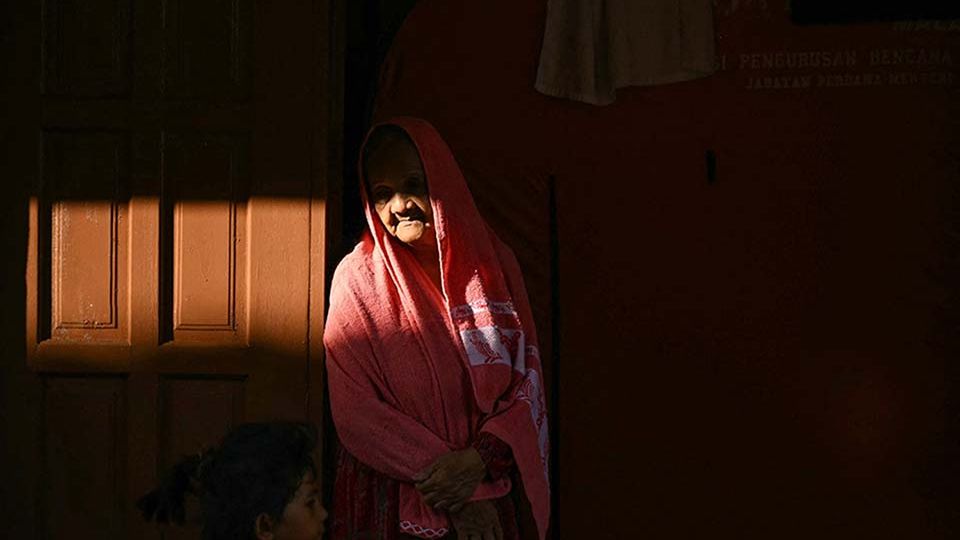July 29, 2025
KUALA LUMPUR – When I was a boy growing up in a plantation in the late 1970s and early 1980s, the rhythm of life was shaped by seasons of planting and harvest, the call of the football game on the field, and, quietly yet profoundly, by the presence of our grandparents.
There were few elderly in our small community, but these grandfathers and grandmothers were the keystone of family and estate life.
They were not idle elders but guardians and workers.
As the children roamed the estate football field after 5 pm, the grandparents could be found tending the soil—planting tapioca, brinjal, maize, groundnuts, chili, long beans, and lady’s fingers.
They returned home in the evening to small one-room houses, cleaning up and sharing simple meals, before settling in for the night.
They nurtured the young while maintaining the land, embodying a cycle of care and contribution that bridged generations.
Today, this image seems almost like a page from history.
Malaysia’s transformation from a plantation-based economy to an urbanized, industrial and service-led nation has reshaped family life and the elderly’s place within it.
The old, once active contributors and community pillars, now live in cramped low-cost flats—some stacked twenty floors high—without gardens to tend or fields to walk.
Their grandchildren are whisked into early kindergarten classes and captivated by gadgets rather than stories told on a porch or lessons learned in the garden.
Are these changes simply the price of growth? Or do they portend a crisis—one where “living long” risks becoming “dying alone”?
The aging population in Malaysia: A quiet but rapid shift
Malaysia is aging faster than we might imagine. According to the Department of Statistics Malaysia’s latest data, by 2035 about 15 percent of the population will be aged 60 and above, up from just over 7 percent in 2010.
This means one in every seven Malaysians will be elderly within little more than a decade.
Compared to neighboring ASEAN countries, Malaysia’s aging pace is moderate but accelerating.
Singapore and Thailand currently have higher proportions of elderly (about 13–15 percent), while Indonesia and the Philippines, with their younger populations, have lower percentages but are also expected to age in the coming decades.
This demographic shift stems from two key trends: declining fertility rates and longer life expectancy.
While living longer is a triumph of public health, medicine, and development, longer lifespans without sufficient social and family support present new challenges.
The new urban landscape: Loss of space and role for elders
The estate where I was raised was ground level, with green spaces and active community ties. Now, many elderly Malaysians live in sprawling urban centers that offer minimal outdoor spaces or communal activities.
Public transportation is often unsuitable or unsafe for the elderly, contributing to social isolation.
Living in Project Perumahan Rakyat (PPR) flats stacked several floors above ground, these seniors find themselves confined without the opportunity to garden or engage in physical work they once loved.
Unlike before, they rarely assist in grandchild care since parents place their children in formal care and education at younger ages.
The once vibrant communal life is thinning into silence and solitude.
Living long but dying alone?
This question haunts many families and policymakers.
The traditional model of aging, where elders lived surrounded by children and grandchildren in multi-generational homes, is eroding.
Families are spread thin by economic necessity and urban migration.
Seniors often live alone or in retirement homes with minimal social interaction.
Loneliness, depression, and chronic illnesses loom as serious health detriments to the aging population.
The social fabric that once held together family and community care is fraying in the face of modernization.
Five concrete plans for RMK-13 (Malaysia’s 13th Malaysia Plan) to support an aging society
To ensure that living long does not translate to dying alone, Malaysia’s development policies must urgently adapt.
Here are five essential actions for RMK-13:
Promote age-friendly housing: Design new low-cost housing with shared communal spaces, gardens, and easy access to transportation.
Renovate existing PPR flats to include elderly-friendly features like elevators, ramps, and common areas for social interaction.
Encourage intergenerational programs: Launch community centers and programs where seniors and youths engage together—gardening clubs, story-telling sessions, skill-sharing workshops—to rebuild social bonds across generations.
Enhance home-based elderly care services: Expand and subsidize services like home nursing, physiotherapy, and daily living assistance, enabling elderly to remain in familiar environments while receiving proper care.
Develop public transportation and mobility aids: Improve accessibility with low-floor buses, better sidewalks, and senior-friendly transit passes, reducing isolation caused by mobility challenges.
Support family caregivers: Provide caregivers with financial incentives, training, and respite services, acknowledging the crucial role of families in elderly care and relieving their burden.
A vision for the future
The aging society is not just a statistic or policy challenge; it is a story of people—of grandparents who once worked side-by-side with their children and grandchildren, who deserve to live their golden years in dignity and connection.
By blending lessons from the past with innovative urban planning and compassionate social policies, Malaysia can create spaces where elders remain active, valued, and cared for.
We must ask ourselves not only how to add years to life but how to add life to years.
The plantations may have faded, but the values they nurtured—care, kinship, contribution—can and must live on.
RMK13 must seriously take cognizance of the growing pain of the elders and address this without fail, in order to ensure the old are not meant to decay and rot away.
The writer is an active social worker.


